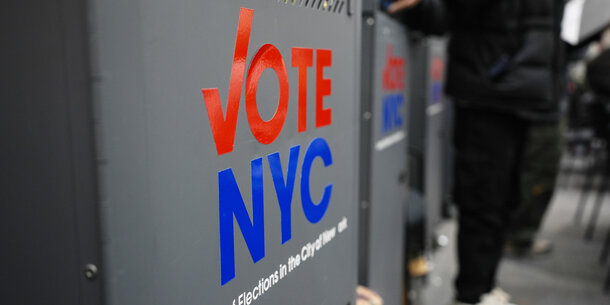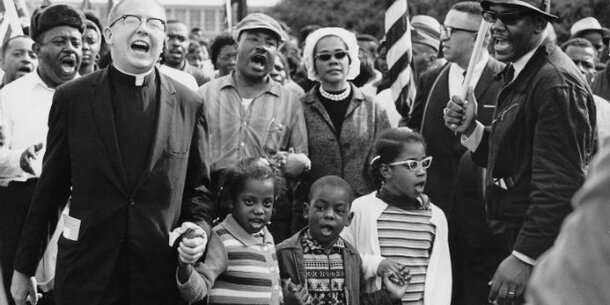Access to the ballot could take a big step forward in New York, after a bill to establish automatic voter registration (AVR) passed the state senate last week. If the assembly and Gov. Andrew Cuomo approve the measure, eligible voters will be automatically added to the rolls when they have contact with the Department of Motor Vehicles or other government agencies, unless they opt out.
New York wouldn’t be alone in expanding access to voting. It would be the 17th state, plus the District of Columbia, to approve AVR since 2015, when Oregon kicked off the trend. Some of those states, including New York, have also adopted other reforms in recent years, like same-day registration, making it easier to vote by mail, and restoring voting rights to people with past convictions.
But as encouraging as this wave of reform is, it has coincided with a movement backward among other states over the last decade, which shows no sign of letting up: large-scale voter purges, restrictive registration rules, tough photo ID requirements, and in Florida, a cynical bid to make rights restoration as difficult as possible. These efforts — which tend to hit racial minorities, the young, and the poor hardest — have been aided by Supreme Court decisions that have hobbled the Voting Rights Act and paved the way for new restrictions.
The result is that the United States may be moving toward a kind of dual-track voting system, characterized by starkly divergent approaches. One group of states is determined to make voting as easy and convenient as possible for everyone, out of a belief that greater participation makes for a stronger democracy. The other group aims to maintain — and in many cases increase — unnecessary restrictions on voting.
Of course, not every state fits neatly into one of these two boxes. Georgia, to take one example among several, is an AVR state, but credible claims of voter suppression, especially in its strict registration rules, marred the 2018 governor’s race and drew national scrutiny. And, not all AVR laws are the same — some are likely to be far more effective than others at getting new voters on to the rolls. Still, the emerging split between those states that are expanding access and those that are restricting it is an increasingly stark feature of the political landscape.
When Californians and Oregonians are being automatically added to the rolls and mailed ballots at election time, while Americans in other states are forced to navigate a bureaucratic thicket just to register, it’s time to reckon with what this contrast means.
The 1965 Voting Rights Act, along with several Supreme Court rulings from the same period, ended the mass disenfranchisement of blacks in the South and attempted to move the country a step toward a national voting system, at least in terms of broad guarantees — though of course states continued to set their own rules, and many found ways to restrict voting. The National Voter Registration Act of 1993, also known as the “Motor Voter law,” required states to make registration much easier and pushed in the same direction. But with states splitting over the last decade into their divergent approaches, we seem to be returning to a system where, at least for some Americans, access to the ballot depends in large part on where you live.
Looking to the near future, this dynamic may further polarize our politics. The states that are expanding access to voting, of course, tend to be more progressive. Already, there’s evidence that voting reforms are making their electorates younger and more racially diverse — which is likely to only increase support for progressive policies. By contrast, states that use voting restrictions to help skew their electorates in an older and whiter direction figure to move in the opposite direction (at least, in some cases, until demographic changes fully play out).
Of course, states should still make voting easier, even if it widens divisions with other states that don’t. Progress in some parts of the country is better than progress in none. But the divergent paths states are taking underscore how, in the long run, only Congress can fix this issue. The U.S. House passed just such a solution last year, H.R. 1, also known as the For the People Act, which would establish AVR nationwide, among other popular steps to expand voting access. The Senate’s refusal even to hold a hearing on the measure should be made into a campaign issue. As soon as we have a pro-voter Senate and White House, it stands to be the first order of business. For all the deserved focus on state-level action on voting, national problems need national solutions.
The views expressed are the author’s own and not necessarily those of the Brennan Center.



